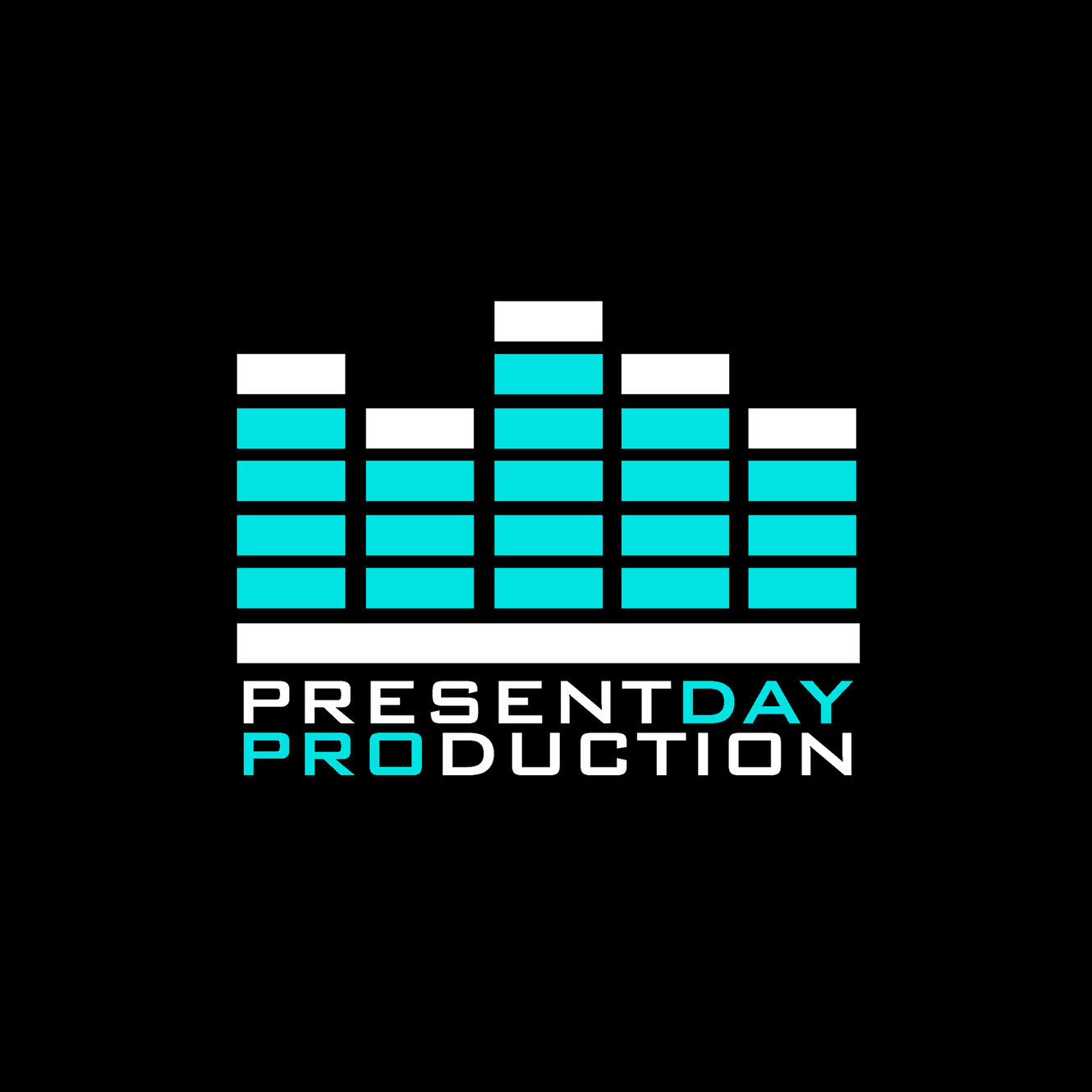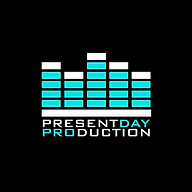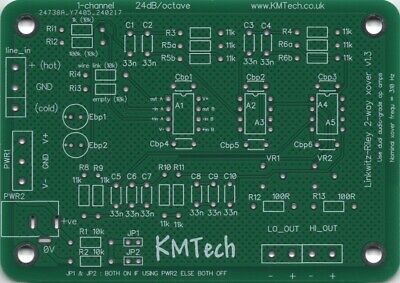I have been playing active for a long time, and I will never go back. The DBX 223 and DBX 234 are wonderful machines for entering into active territory. I've been using the 234 for years and it's pretty good even in high quality systems. See what Troels Gravensen (a well respected loudspeaker designer and long time audiophile) reports here
http://www.troelsgravesen.dk/OB9.htm
See also this technical review
https://www.audiosciencereview.com/forum/index.php?threads/dbx-223xs-crossover-review.35902/
If you have DIY skills and really want the best, consider this
https://diyaudiostore.com/products/diy-biamp-6-24-crossover
Discrete JFET no-feedback circuits, configurable as 6-12-18-24 independent slopes, no gain at the output, only attenuation via trimpots or linear pots, you choose a center frequency and use a trimpot to fine-tune the cutoff frequency... you can't ask for more. These are transparent buffers that only a genius like Nelson Pass can design. They were out of production for a long time, but now they are back! With one board you can make a 2-way, for a 3-way you need 2 boards. Ah! the kit includes matched jfets!
Another very good option is the classic
https://sound-au.com/project09.htm
This is very good and much better sounding compared to the DBX 234, but not comparable to the Pass xover. On the other hand is easier to build.
But let me say something about active systems in general for hi-fi use. Most people think they are easier. Yes, it's easier to set relative levels and you have more freedom to choose drivers... but in an active system what you hear is the sound of the driver loaded in the box... nothing can save a bad sounding driver. And when you join this addictive world of active hifi you realize that, despite datasheets curves and parameters, each drives has its own sound which cannot be predicted by the frequency response at all.
Also, never use 24 slopes unless the two drivers overlap flat at least an octave (the more is better) below/above the cut. Furthermore, for mid/high transitions, I'd avoid a 24/oct because it would scream in your face the difference in dispersion between a cone and a small dome. That's why a 4-way active system is easier than a 3-way active system. It's easier to smooth out the transition between drivers' sizes. In my experience, going active above 500Hz doesn't make much difference anyway, it just adds more complications.
Hifi is different from PA because you listen more closely and pay attention to details instead of smoking and jumping like at a rock concert.
Pierre




